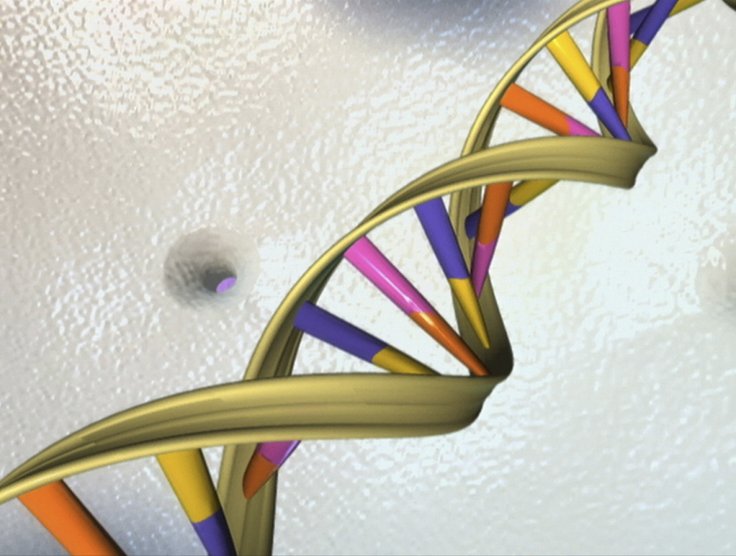
The health sector has experienced great advances this year, 2017, with the progress made in gene editing technology to treat inherited diseases including cancer. The US government approval for gene therapy had created bigger scope for further studies which could create significant changes in the health sector.
The year also paved the way for heralding a new age of care for premature babies with scientists from the Children's Hospital of Philadelphia (CHOP) in the US successfully building an artificial womb that could keep premature lambs alive and help them develop normally, marking a breakthrough in treating premature babies.
The lambs lived for four weeks inside the device, which looks like an oversized plastic bag filled with synthetic amniotic fluid. Scientists hope that the artificial womb could one day help bring human preemies to term outside the uterus.
Using the CRISPR-Cas9 genome-editing technique, a team of scientists from the US and South Korea corrected a disease-causing mutation in early-stage human embryos.
The technique corrected the mutation for a heart condition -- known as hypertrophic cardiomyopathy (HCM) -- at the earliest stage of embryonic development, in other words, before they were born, so that the defect would not be passed on to future generations.
The researchers hope the work, details of which were published in the journal Nature, would pave the way for improved in vitro fertilisation (IVF) outcomes as well as eventual cures for some of the thousands of diseases caused by mutations in single genes.
The US Food and Drug Administration (FDA) termed its approval of the first gene therapy a "historic action" which could usher in a new approach to the treatment of cancer and other serious and life-threatening diseases.
Gene therapy has been there for some time with the first such therapy getting approval in China way back in 2013. Two gene therapy drugs also became available in the European countries subsequently. However, they have not got much traction, especially in Europe, for commercial use so far. With the US also now giving the green light for such a therapy, things may well change for the better.
The FDA approved Kymriah (tisagenlecleucel) for certain pediatric and young adult patients with a form of acute lymphoblastic leukemia (ALL).
"We're entering a new frontier in medical innovation with the ability to reprogramme a patient's own cells to attack a deadly cancer," FDA Commissioner Scott Gottlieb said in a statement while announcing the "historic action".
Kymriah is a genetically-modified autologous T-cell immunotherapy. Each dose of Kymriah is a customised treatment created using an individual patient's own T-cells, a type of white blood cell known as a lymphocyte.
The patient's T-cells are collected and sent to a manufacturing centre where they are genetically modified to include a new gene that contains a specific protein (a chimeric antigen receptor or CAR) that directs the T-cells to target and kill leukemia cells that have a specific antigen (CD19) on the surface.
Once the cells are modified, they are infused back into the patient to kill the cancer cells.
The US FDA also approved in November the first "digital pill" with a digital ingestion tracking system that can tell doctors whether the medication was taken.
It has an ingestible sensor embedded in the pill that records that the medication was taken.
The product, Abilify MyCite (aripiprazole tablets with sensor), was approved in the US for the treatment of schizophrenia, bipolar disorder and for use as an add-on treatment for depression in adults.
The system works by sending a message from the pill's sensor to a wearable patch. The patch transmits the information to a mobile application so that patients can track the ingestion of the medication on their smartphone, the FDA said in a statement.
Digital technology like Artificial Intelligence (AI) also stepped into the healthcare sector in 2017 with a new vigour, helping mine medical records, design treatments or find ways to discover drugs faster.
Scientists at South Korea's Daegu Gyeongbuk Institute of Science and Technology developed an electronic skin based on AI that can keep a track of heart rate, respiration, and muscle movement, which works just like a smartwatch.
AI was also used to help in the early detection of melanoma skin cancer.
The technology, developed by the University of Waterloo in Canada employs machine-learning software to analyse images of skin lesions and provides doctors with objective data on telltale biomarkers of melanoma, which is deadly if detected too late, but highly treatable if caught early.
The year also saw 3D printing technology helping researchers in creating artificial organs and also in repairing damaged body parts.
2017: Highlights
* CRISPR-Cas9 genome-editing technique helps correct a disease-causing mutation in early stage human embryos
* Artificial womb found to keep premature lambs alive and develop normally
* The US Food and Drug Administration (FDA) approves first gene therapy
* US FDA approves the first "digital pill" with a digital ingestion tracking system
* Increased use of AI and other digital technologies for treatment and diagnosis of diseases








